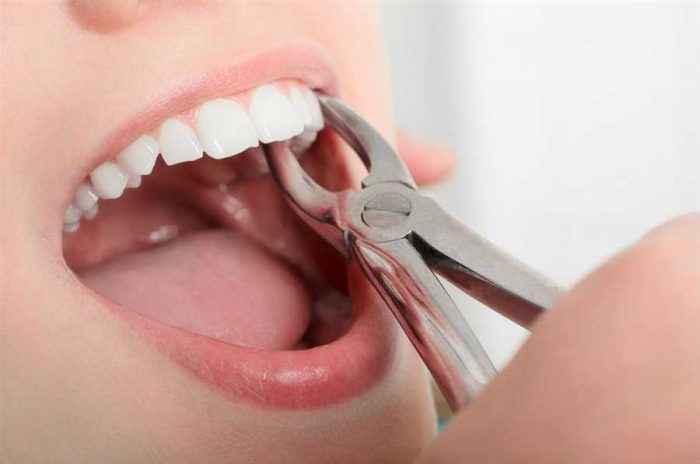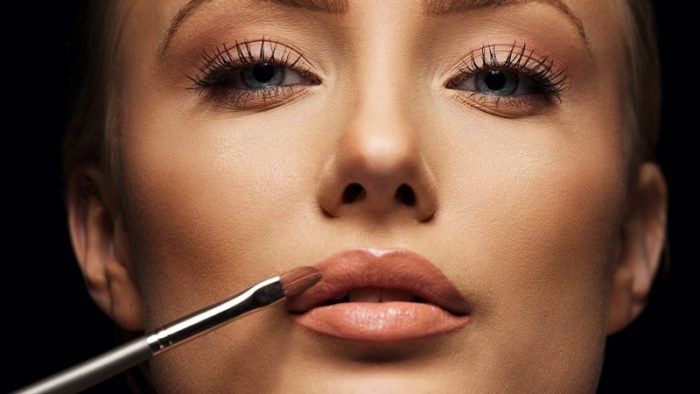When you look at your face in photographs or in the mirror, you might notice that your features don’t line up perfectly with each other. One ear may start at a higher point than the other, or one side of the nose may have a sharper point than the other.

The presence of traits that do not reflect each other perfectly on either side of the face is known as asymmetry. Almost everyone has some degree of asymmetry in their faces, but in some cases, the asymmetry is more pronounced than others.
Certain injuries, aging, smoking, and other factors can contribute to the mild and permanent asymmetry of what is considered normal. However, a new and sometimes noticeable asymmetry may be a sign of a serious condition such as facial nerve paralysis or a stroke.
What develops an asymmetric face in people?
Hereditary side
Sometimes an asymmetric face is just a result of genetic development
Cleft lip, palate, and vascular disorders are inherited health conditions that cause asymmetric features.
Sun damage
As you age, your exposure to the sun’s UV rays can cause spots and moles to develop on your skin, and they are seldom evenly distributed over the entire face, especially if you spend some time outside wearing a baseball cap, working outside, or spending a lot of Time driving, which can cause damage to one side or one area of your face.
Smoking
Since smoking exposes your face to toxins, it stands to reason that it is directly related to causing facial asymmetry.

Early tooth extraction
A tooth extraction can change the way the muscles appear on your face, which can alter the features of your face and the result is not always symmetrical.
Old age
As you get older, your face increases asymmetry, which is a normal part of aging, as a result of bones stopping growth at puberty and cartilage continuing to do so with age, and this means that your ears and nose continue to grow as you age, which may cause unevenness. Symmetry.
Habits of lifestyle
Especially at young ages, like prolonged finger sucking or food chewing habits on one side of the face.
Injury
Trauma or injury to your face during childhood or adulthood, such as a broken nose or a deep wound, can cause the facial bones not to grow symmetrically and predictably.
Bell’s palsy
Bell’s palsy is paralysis of the facial nerves, which results in sudden asymmetry of the face and is the most severe. The muscles on one side of the face are unable to move, or move weakly. Bell’s palsy can occur after pregnancy or a viral infection, and it is often temporary.
Brain attack
If your face becomes drooping, your smile is suddenly uneven, or you experience numbness on one side of your face, you should seek immediate medical attention, as these are signs of a stroke, in addition to arm numbness or weakness and difficulty speaking.
How are asymmetric features treated?
In most cases, an asymmetric face does not require any treatment or medical intervention. They are faces with a special charm and a unique charm.
And if the patient is concerned about the asymmetric features on his face, then there are some plastic surgery procedures that can be resorted to, what are they?

Fillers
Injecting “fine fillers” in the patient’s face may correct the appearance of asymmetry in the face, and the use of Botox or fillers is one of the most common methods of raising the eyebrows or forehead wrinkles that appear on one side only. This procedure works well in cases of asymmetry caused by tissue imbalance or muscle weakness, but its results do not last forever, as the effects will wear off over time.
Facial transplantation
If your face is asymmetric due to your bone structure, then we are considering implants, which are more common in cases of treating asymmetry in the chin and cheeks, and here the solution is permanent with a surgical procedure to support the weaker area with bone implants from the same person or ready-made implants designed to remain permanent. Where it is fixed internally to the bone.
Oral and maxillofacial surgery and restoration
At young ages, it is recommended to have functional devices that control facial growth. For adults and adults in old age, orthopedic surgery is the best solution to restore and correct the defect in the craniofacial complex.
Rhinoplasty
If the asymmetry of the face is caused by the effects of a broken nose that is not properly adjusted, or if you do not like the shape of your nose, then corrective rhinoplasty can do the trick and make your nose look symmetrical, the result of this operation is permanent, but over time. , Your nose may start to regain some of its previous shape.
Can facial exercises help?
Away from surgery and medical interventions, some news spread across the internet indicating that facial exercises can make your face appear more symmetrical, but this news has not been proven by any clinical and scientific research.
But if your face appears asymmetric due to muscle weakness, or uneven muscles, some facial exercises can be used that will help you a lot.




![The Top & Most Popular Seafood Bucket Restaurants in Dubai for you [Never Miss]](https://uae24x7.com/wp-content/uploads/2020/09/8-seafood-in-a-bucket-scaled-e1600739237403.jpg)
![Procedures for Renewing the Driving License in Abu Dhabi [3 Simple Steps]](https://uae24x7.com/wp-content/uploads/2020/07/Capture-9-e1595666454466.jpg)





